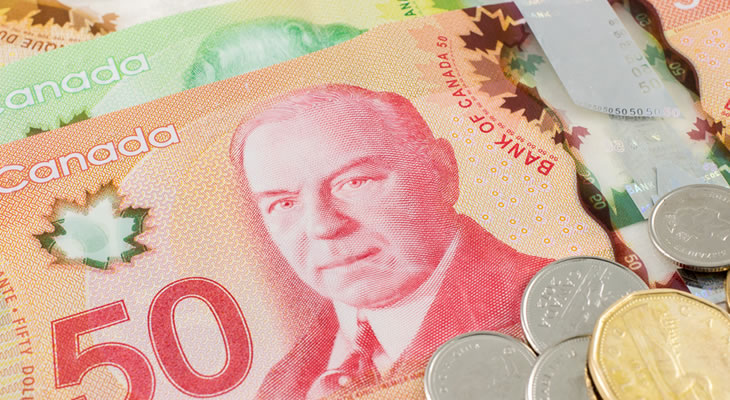- Pound Sterling Canadian Dollar Slides to 1.6290 – Canadian Dollar Pound Sterling Hits 0.6062
- BoE Meeting Proves Dovish – Pound Pummelled in Response
- Canadian Data Mixed – Employment Figures Prove Positive, Balance of Trade Misses Mark
The Pound to Canadian Dollar (GBP CAD) exchange rate dropped yesterday after a range of dovish announcements from the Bank of England (BoE).
The BoE announced that it would be keeping interest rates on hold at 0.25% – an announcement that markets forecast to be the most likely eventuality.
There was, however, some contention regarding bets on the number of members of the Monetary Policy Committee (MPC) that would vote hawkishly, especially with Chief Economist Andy Haldane having issued some hints that he was close to voting for a rate hike in June.
Ultimately, Haldane proved dovish and the vote came in at 6-2 in favour of maintaining existing rates, down from the prior meeting’s 6-3 vote that was accomplished by previous member and hawk Kristin Forbes.
In a double whammy the BoE also announced that it has cut this year’s growth forecast from 1.9% to 1.7%, and next year’s from 1.7% to 1.6%. This news was perhaps the more pertinent due to markets not expecting it.
BoE Governor Mark Carney also stated that Brexit uncertainty was preventing many businesses from making large investment decisions and indeed raising wages – one of the primary variables seen as holding back future interest rate hikes.
Carney stated:
‘It’s evident in our discussions across the country with businesses […] that uncertainties about the eventual relationship are weighing on the decisions of some businesses. The speed limit of the economy, if you will, has slowed.’
With Brexit discussions remaining slow this period of unpredictability seems likely to continue, driving even more demand away from Sterling until some form of business confidence is restored.
GBP CAD Likely to Continue Descent despite Mixed Canadian Data
Canada received somewhat mixed data today in the form of a disappointing merchandise balance of trade print, and some positive employment figures.
Canada’s merchandise trade balance deficit grew to C$3.60BN in June, significantly expanding from May’s $1.4BN.
Canadian exports fell 4.3% in June – the primary responsible party being a sharp decrease in the export of energy products and unwrought gold.
On the other hand, Canada’s employment figures were predominantly positive, with unemployment falling from 6.5% to 6.3% – the lowest rate since the recession in October 2008 and full time employment remaining strong, coming in at 35.10k in July.
The disappointing merchandising trade balance was, however, not enough for Sterling to capitalise on, leaving GBP CAD trading lower and lower as the trading week draws to a close.
GBP CAD Outlook: Widening UK Trade Deficit Could Put Sterling Under even more Pressure
Next week will see the release of a significant amount of Canadian housing data, notably housing starts on Tuesday, building permits on Wednesday and the new housing price index on Thursday.
Thursday will also be significant for Sterling, as it will feature the release of industrial production, manufacturing production and construction output figures, as well as the highly influential UK trade balance.
The UK’s trade deficit widened from £1.0BN to £3.1BN in May, with imports rising 2.7%. Should the deficit widen even further, then GBP CAD is liable to come under even more pressure.
In the meantime, with Sterling’s data calendar being quite sparse, next week’s political manoeuvrings will likely dictate this pairings initial movements.


Comments are closed.